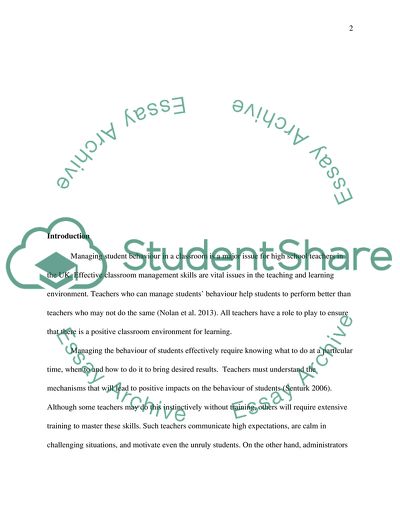Cite this document
(“The Challenges of Managing Behaviour Effectively Essay”, n.d.)
The Challenges of Managing Behaviour Effectively Essay. Retrieved from https://studentshare.org/education/1700149-the-challenges-of-managing-behaviour-effectively
The Challenges of Managing Behaviour Effectively Essay. Retrieved from https://studentshare.org/education/1700149-the-challenges-of-managing-behaviour-effectively
(The Challenges of Managing Behaviour Effectively Essay)
The Challenges of Managing Behaviour Effectively Essay. https://studentshare.org/education/1700149-the-challenges-of-managing-behaviour-effectively.
The Challenges of Managing Behaviour Effectively Essay. https://studentshare.org/education/1700149-the-challenges-of-managing-behaviour-effectively.
“The Challenges of Managing Behaviour Effectively Essay”, n.d. https://studentshare.org/education/1700149-the-challenges-of-managing-behaviour-effectively.


